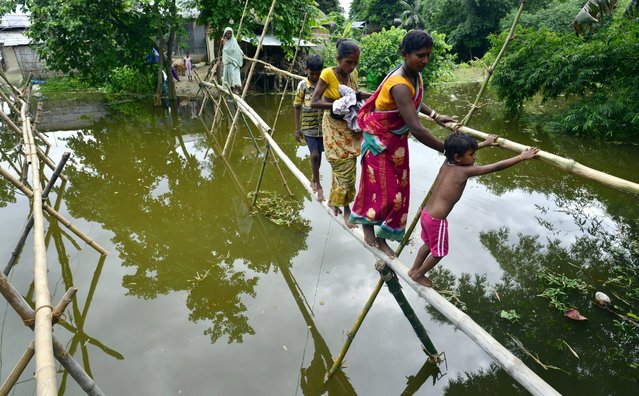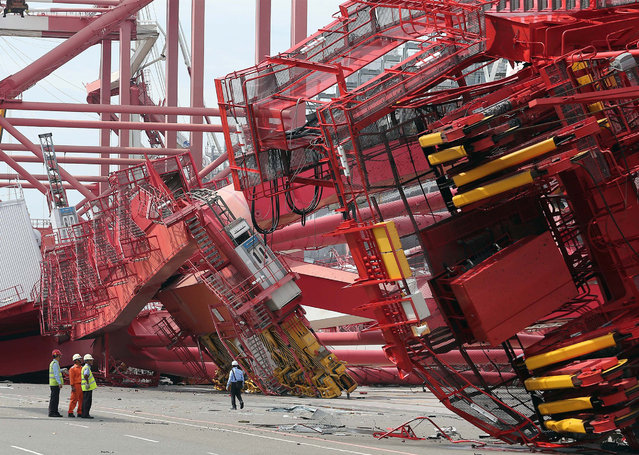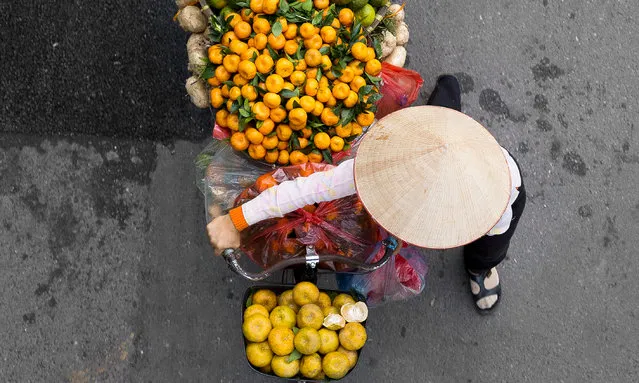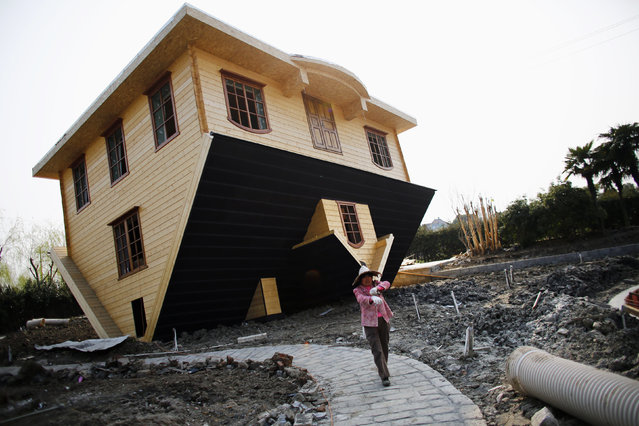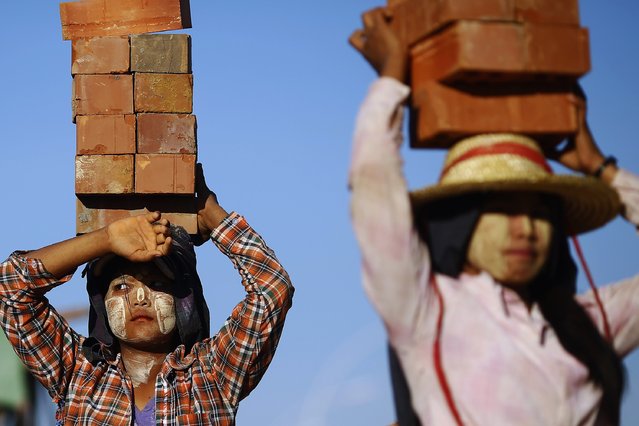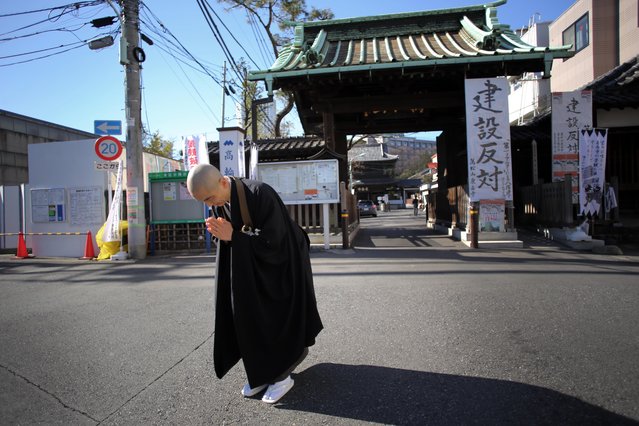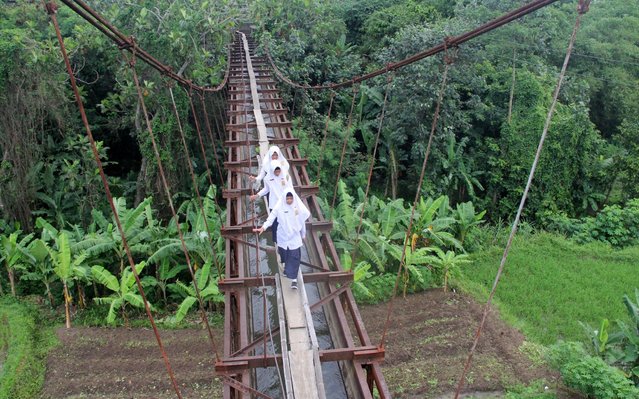
Indonesian students go to school via a makeshift suspension bridge in Ngemplak, Boyolali regency, Indonesia on November 15, 2017. The lack of access to roads makes students every day to cross the dangerous waterways to go to school. (Photo by Arief Setiadi/Pacific Press/Barcroft Images)
15 Mar 2018 00:05:00,post received
0 comments

